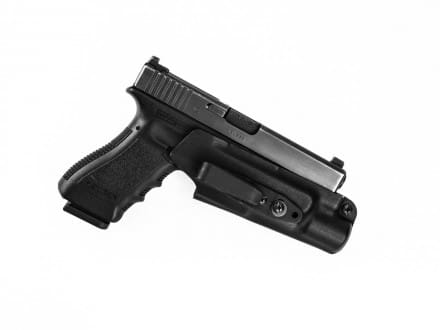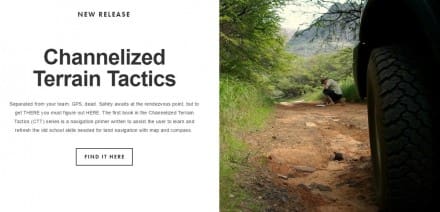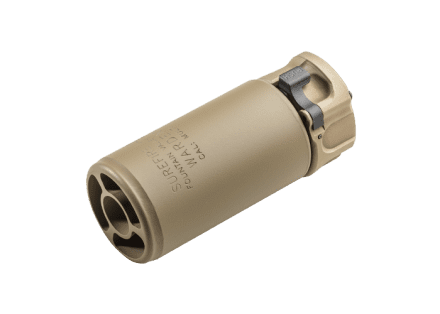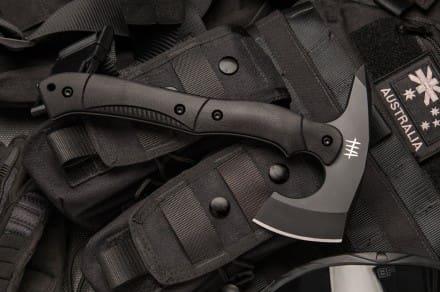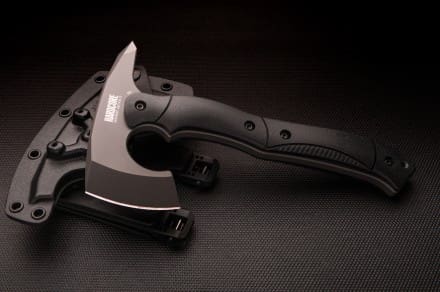December 20, 2015
Aaron Barruga
The “malfunction stick” is a 1 x 2 piece of wood that instructors use to induce malfunctions in carbine courses. Skulking up and down their firing line, an instructor will place the stick against a shooter’s ejection port to induce a failure to eject.
The problem: it distracts shooters from learning the unhampered sensation of a malfunction, while simultaneously conditioning them to disregard foreign objects in close proximity to their weapon.
Altered Mental And Physical Sensations
It is normal to feel uncomfortable when a foreign object enters your workspace. Suppressing instinctive spatial awareness cues is both dangerous and encourages complacency. This creates a training environment in which a higher premium is placed on the uniqueness of a drill, rather than its intended and unintended effects.
Even if we evaluate the utility of a malfunction stick in a vacuum, in which no attention is given to peripheral behavior, it still fails. Allowing a stick to enter his workspace, a shooter is mentally primed for the following sensation, “I am about to have a failure to eject.”
Pressing the stick against a shooter’s ejection port also creates an added physical sensation. Regardless of the stick’s size, a shooter will unavoidably feel his gun pushed to the left. Under these circumstances, a shooter must suppress both mental and physical cues in his environment before he can experience the subtlety of a malfunction.
Comparative Methods
Bolt lock is another sensation shooters must learn. For novices, bolt lock may be indistinguishable from a bolt that has cycled into battery. A malfunction stick can be repurposed as a “bolt lock” stick, and instructors can press the piece of wood against a shooter’s slide lock. Does this accomplish its stated task, yes, but completely distorts the learning process.
Constructive Stimulus Or Unnecessary Distraction
In Ranger School or Special Forces small unit tactics training, instructors will use a training aid called the artillery simulator. This tool replicates the distinct whine of incoming artillery, and finishes with a non-lethal explosion. Used correctly, instructors employ artillery simulators to induce stress during a graded patrol.
For example, students learning how to doctrinally execute an ambush may spend too much time on the objective. Instructors will use artillery simulators to signal to students that they need to begin movement away from the target to avoid compromise from enemy reinforcements.
By using the simulator the instructor is interrupting the student’s mental and physical state, however, the added stimulus of the artillery simulator actually replicates real world circumstances. Adding stress under this context allows a student to build proper decision-making models because his training environment is still patterned after a real operation.
Improperly used, lazy cadre will throw artillery simulators to frustrate students, but with no specific learning objective. For example, while conducting a 10KM infiltration, an instructor may throw an artillery simulator just to make students move faster, or worse, because he feels it is his prerogative to aggravate students.
In combat, a patrol can receive enemy artillery fire during infiltration. However, the difference between the two examples is that in the former, the added stimulus provided by the artillery simulator is meant to enhance the learning experience. Using the simulator signals to the student, “We have spent too long on the objective.”
In the second example, the added stimulus does more to provoke annoyance. What are normally the qualities of purposeful interruption for the sake of learning is replaced by randomness. Although it causes students to react, it distracts from learning.
Instructor Inexperience
The varied use of artillery simulators either disrupts or contributes to training. Regardless, simulators replicate real world circumstances. Unlike the simulators, the malfunction stick is a deliberate interruption to training that is not patterned after any real world context, and is more representative of an instructor’s lack of experience.
Although it is impossible to avoid the inherent artificiality of any range exercise, it is best to err on the side of simplicity. The purpose of training is to create environments as close as possible to real world conditions. The malfunction stick fails to accomplish this because it requires a shooter to suppress both mental and physical stimuli within his workspace. Consequently, this behavior is contradictory to self-preservation, and may be disastrous for shooters that train to operate in the real world as opposed to just the flat range.
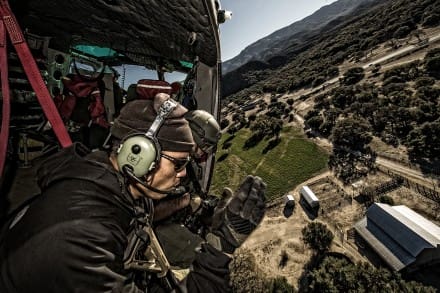
Aaron is a Special Forces veteran. His company (Guerrilla Approach) provides training for law enforcement, the military, and civilians in CA.
instagram.com/guerrilla_approach
facebook.com/guerrillaapproach
www.guerrillaapproach.com


